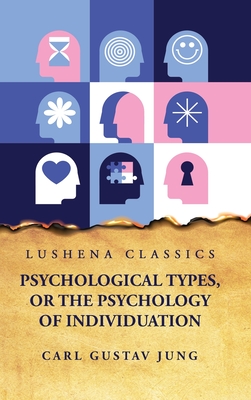In the 21st century, Carl Gustav Jung (1875-1961) remains one of the key figures in the field of analytical psychology - and Psychological Types, or The Psychology of Individuation, published in 1921, is one of his most influential works. It was written during the decade after the publication of Psychology of the Unconscious (1912), which effectively ended his friendship and collaboration with Sigmund Freud. Whereas the earlier work had clearly marked Jung's psychoanalytical divergence from Freud it is the Psychology of Types that fully clarifies and presents the nature, quality and characteristics of his analytical psychology. The work, which was in part a consequence of his need to reconcile the competing theories of Freud, whom he regarded as extraverted, and Alfred Adler, whom he saw as introverted, develops his concept of descriptive categories for understanding the human mind in terms of the two essential attitude types: introversion and extraversion. These basic attitudes operate in tandem with four principal interacting functions of consciousness which Jung identifies as sensation and intuition, which are functions of perception, and thinking and feeling, which are functions of judgment. The eight resulting psychological types are then explored, described, identified, characterised and explained in considerable detail, with a soaring range of examples drawn from the whole of human history, culture and experience. In his efforts to explore and illuminate the nature of the unconscious mind and indeed the collective unconscious, he investigates the problems posed by the differing psychological types and how these have manifested from classical and medieval times to the 20th century. His observations range from Aristotle, Socrates and Plato to Tertullian and Origen, and from Abélard and Master Eckhart to Martin Luther and the problem of transubstantiation. Jung takes the listener on an odyssey of human thinking. He considers the problem of types in the works of Schiller and Goethe, and Spitteler and his treatment of the Prometheus myth. He contrasts idealism and realism, the Apollonian and the Dionysian in Nietzsche, and explores a host of philosophical and religious sources from the Bible to Taoism to Brahminism. He considers the nature of the reconciling symbol in Spitteler before analysing the nature of types in modern philosophy, aesthetics and biography, giving detailed consideration to William James' characteristic pairs of opposites and Furneaux











